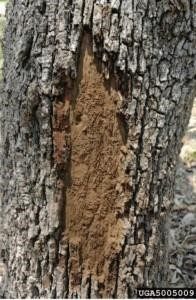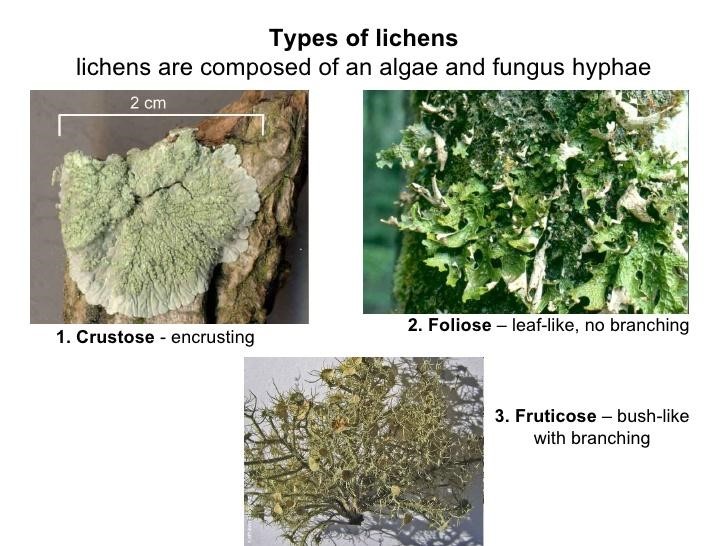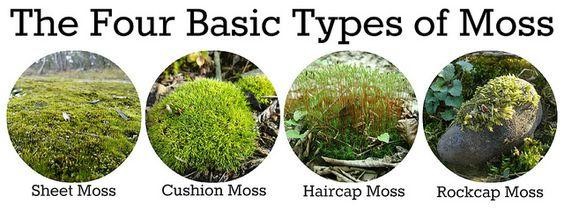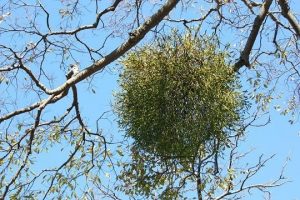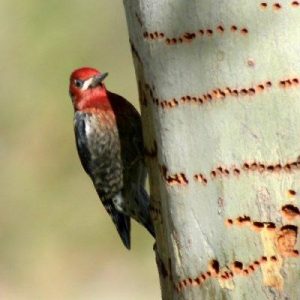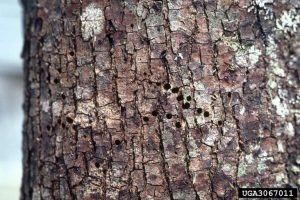Observations of Herbivory, Fungal Incidence, and Other Associations
Observations of Herbivory
Chewing – Insects that chew on leaves will leave small holes in the center parts of a leaf or chewed areas along the edges. These insects can be caterpillars of moths or butterflies. See the image below of an inchworm, a caterpillar of the geometer moth. Other common chewing insects are bagworms, beetles, and cankerworms.
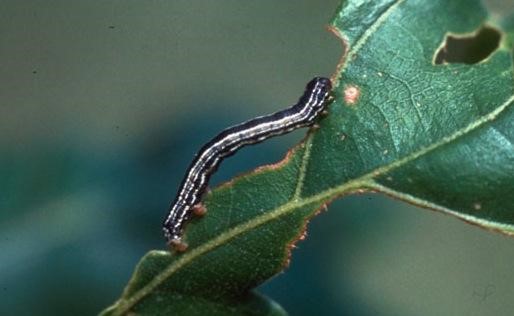 |
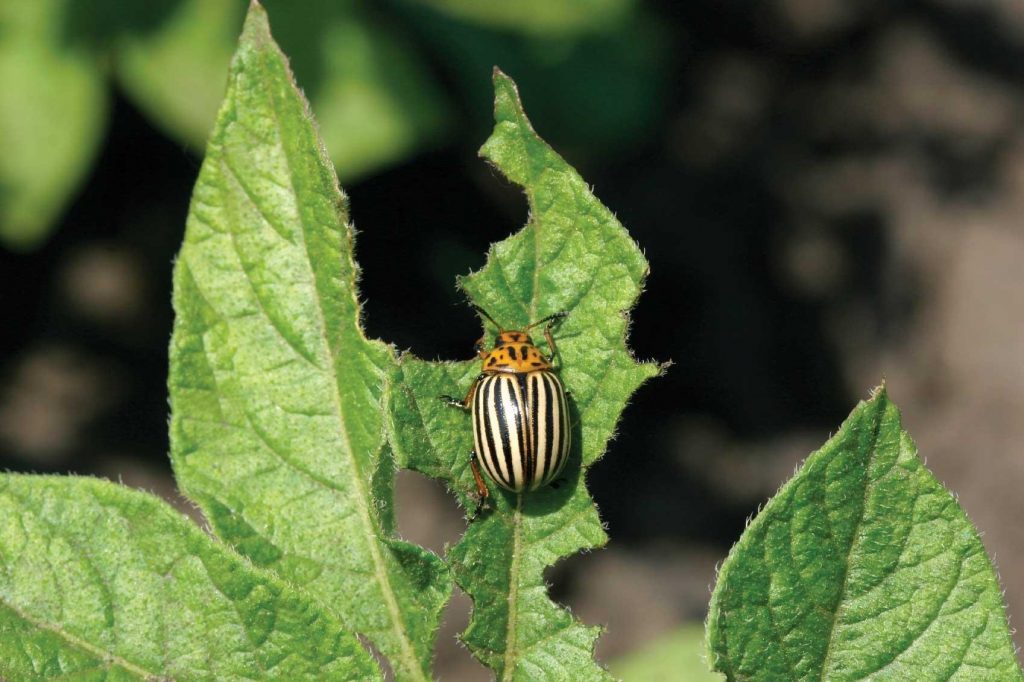 |
.http://www.ces.ncsu.edu/depts/ent/notes/O&T/trees/note153/note153.htm
Chewing insect example. An inchworm on leaf – leaves and buds are eaten (top), ladybug damage (bottom). http://www.grit.com/farm-and-garden/insect-study-zmbz12sozgou
Mining – Insects that “mine” through a leaf are considered substrate feeders, because they form a tunnel through the leaf, living inside and eating the leaf between the lower and upper epidermis. Most common miners are the larvae of sawflies, a type of wasp, flies, and caterpillars of moths and butterflies. Sometimes, beetle larvae fall into this category too.
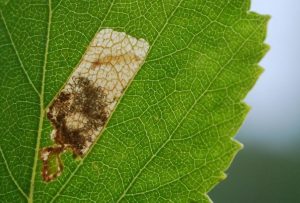 |
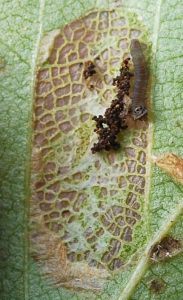 |
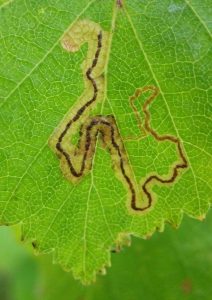 |
Mining insect examples: an insect has formed a tunnel, eating the plant material. Larval insect shown with “tunnel.” Black debris is feces. http://www.jmeg.fi/InsectsOnBirchLeafminers.htm
Piercing/sucking – Many insects pierce the soft tissues of a plant, sucking out the nutritious sap content. They can also attach to stems, twigs, and branches. The most common examples are scale insects and aphids.
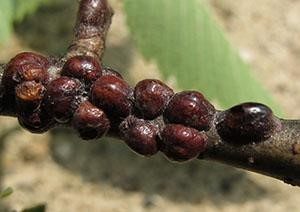 |
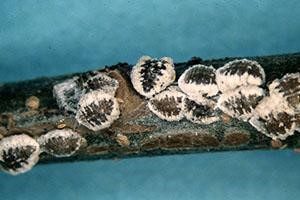 |
Piercing/sucking insect examples. Right: Soft scales feeding on deciduous trees – females start as flattened and brown. They mature to be hardened and round. Causes die back of twigs and branches. Left: European Elm Scale cottony in form, causes stunted pale to white foliage, early leaf drop and branch die back. http://www.extension.umn.edu/garden/insects/find/scales/soft-scales-deciduous/index.html
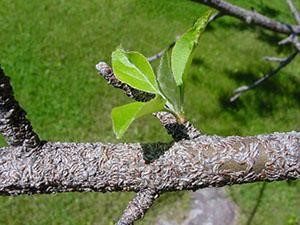 |
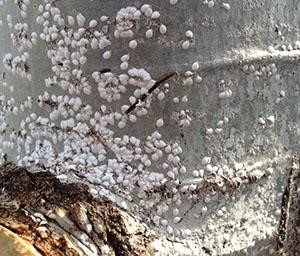 |
Piercing/sucking insect example. Hard scales. Left: Oyster scale – purplish to gray shaped like tiny oysters, causes cracked bark, chlorotic/pale to white stunted foliage. Heavy infestations cause weakening for other pests to infect the tree. Right: Scruffy scale – appear flat and pear shaped, whitish-gray (3mm and smaller). Causes twig and branch die back, and weakens plant.
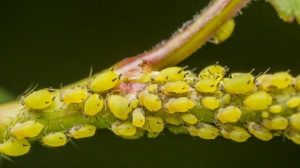 |
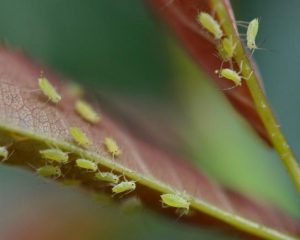 |
Piercing/sucking insect example. Aphids, size can vary 1-10mm in length. http://www.appliedbio-nomics.com/pest-posts/pest-post-4-aphids/
Scraping – Characteristic scraping damage on leaves: larvae are feeding only from one side (upper or lower surface) of the leaf. The damage caused by these insects may look similar to leaf miners, but there one of the surfaces remains intact. Mites and thrips, tiny slender insects, are in this category.
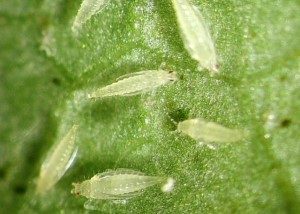 |
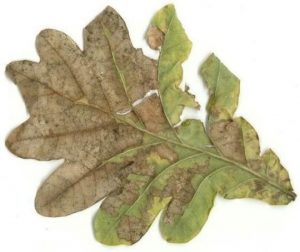 |
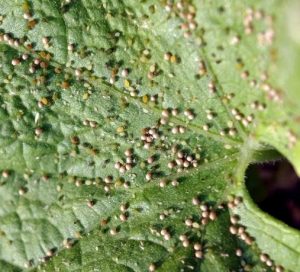 |
Scraping insect example. Thrips feeding on a leaf, average length. ~1 mm (left). Damage caused by scraping (middle) and mites (right).
Galls – Abnormal growths that can occur on any part of a tree caused by various species of insects in the larval stage.
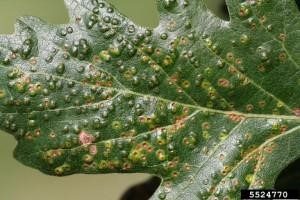 |
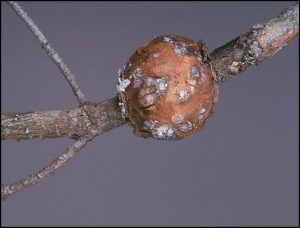 |
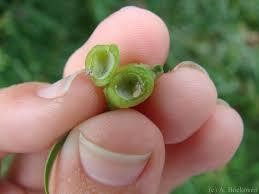 |
Leaf with many galls (left), branch gall (right), gall with hollow center where the larva develop.
http://blog.extension.uga.edu/rockdalegardener/2015/06/jumping-oak-gall-crazy-insect/, Galls with hollow centers where larvae develop. (3072 × 2304 – 6legs2many.wordpress.com gall wasp)
Observations of fungal diseases
Fungal spores can be transmitted through air or soil. Fungal infections are a major cause of disease in trees, and they can affect any part of the tree. They cause spots and discoloration, and it is not always easy to determine; because damage by bacteria, insects, or nutrient loss can cause the same effects. Sucking and mining insects can also carry fungal spores on trees. Some of the most commonly known diseases caused by fungi include, sudden oak death, blister rust, canker, wetwood, chestnut blight, and root rot; but there are many more.
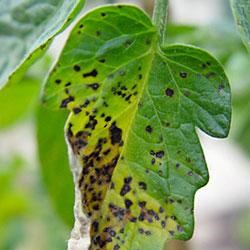 |
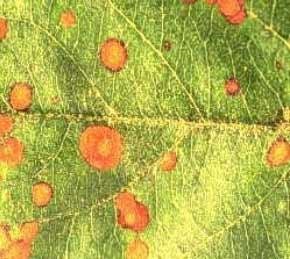 |
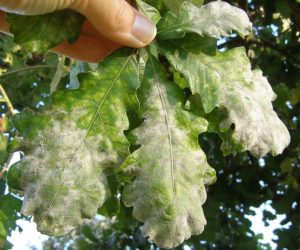 |
Leaf spot caused by fungal infection. http://www.farmforestline.com/pages/5.5.4_fungal.html. Oak leaves with powdery mildew infection (right). https://apps.extension.umn.edu/garden/diagnose/plant/deciduous/oak/leavesdiscolored.html
Canker on oak tree bark caused by fungal infection (left). http://www.arborilogical.com/tree-articles/hypoxylon-canker/
Observations of non-harmful associations
Lichens: An organism that is comprised of a symbiotic relationship between algae and fungal hyphae
https://www.smartlivingnetwork.com/diy/b/diy-wilderness-garden-boxes/
Mosses: Tiny non-vascular plants that grow in moist areas.
Burls – are abnormal growths on trees of unknown cause, yet highly valued by wood carvers and instrument makers.
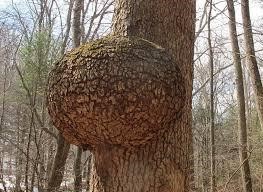 .
. 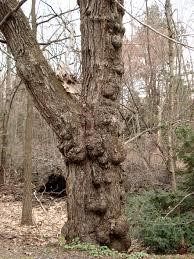
Example of burls on tree trunks. http://hikersnotebook.net/Burls https://uconnladybug.wordpress.com/2011/04/20/galls-burls-explained-sort-of/
Mistletoe –
Mistletoe – grows as a parasite on trees, absorbing water and nutrients from their host. http://www.talklocal.com/blog/c/s/tree-removal/page/2/
Bark Borers –
Red Breasted Sapsucker (left) shown with holes it caused on tree trunk (usually in straight lines). Sapsuckers, a type of woodpecker, bore into the tree to eat sap and insects such as bark beetle larvae, also bark borers as seen on picture (right). Bark borer beetle larvae develop inside holes (~1.6 mm). http://www.birdinginformation.com/birds/woodpeckers/red-breasted-sapsucker/
Works Consulted.
Blaedow, K., 2014. Identifying Tree Diseases. North Carolina State University Cooperative Service, pp.1-
20.
Ernest, K.A., April 2005, posting date. Testing Hypotheses on Plant-herbivore Interactions Using Sawfly
Galls on Willows. Teaching Issues and Experiments in Ecology. 3:2-22.
Gossner, M.M., Pašalić, E., Lange, M., Lange, P., Boch, S., Hessenmöller, D., Müller, J., Socher, S.A.,
Fischer, M., Schulze, E.D. and Weisser, W.W., 2014. Differential responses of herbivores and herbivory to management in temperate European beech. PloS one. 9(8): e104876- e104876.
Lowman, M.D., 1984. An assessment of techniques for measuring herbivory: is rainforest defoliation more
intense than we thought?. Biotropica, pp.264-268.
Stolle, K, Conklin, B., Campbell, S. and Gillespie, A. 2002. Forest Health Indicators. USDA Forest
Services. 13 p.
Terborgh, J., Feeley, K., Silman, M., Nuñez, P. and Balukjian, B., 2006. Vegetation dynamics of predator‐
free land‐bridge islands. Journal of Ecology. 94(2):253-263.
